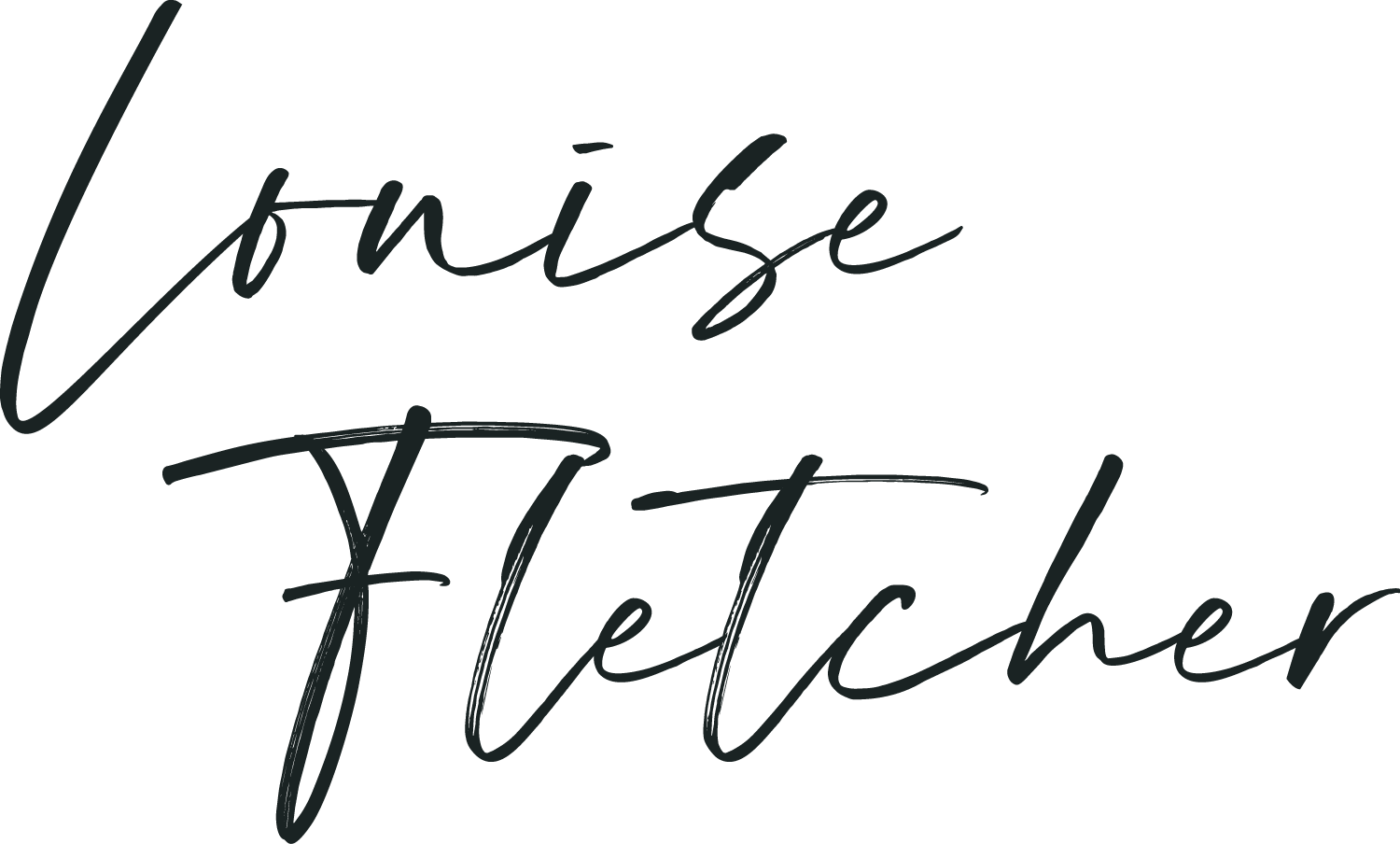What makes a good art course?
This week, I’m wrapping up my 6-month Momentum course — and I’m feeling a bit emotional about it.
I’ve watched this group of artists grow in ways that are hard to describe. Their paintings have deepened. Their confidence has bloomed. They’ve taken risks, stretched themselves, and committed fully to their practice. They’ve made amazing work — not just beautiful work, but personal, powerful, and honest.
And as we head into this final week, I’ve been thinking a lot about what actually makes a course meaningful.
We’re inundated these days by online art classes — thousands of them. You can sign up for a new one every weekend if you want to. And many of them promise the same thing: learn how to make beautiful art.
But what I’ve seen over and over — from years of teaching and learning — is that making beautiful art isn’t really the point. And it certainly doesn’t come from copying someone else’s process, no matter how talented or generous they are.
Here’s what I believe makes a truly transformative course:
It gives you a mindset shift.
One that invites curiosity, risk-taking, and freedom. That helps you step away from perfectionism and ego, and into genuine creative exploration.It teaches core principles — not just surface techniques.
You learn about things like colour, composition, contrast, harmony, tonal values, and texture — not as rules, but as tools. Things you can use in your way, to express your vision.
Most courses don’t offer that. And again — this isn’t about putting anyone down. There’s absolutely a place for demo-based classes. It can be fascinating to peek inside another artist’s process and you might even pick up a few tips that work for you.
Just remember that those classes show you what someone else does, and what works forthemis shaped by their personality, their preferences, their ideas, and their life experience.
It might inspire you. But it won’t teach you how to find your voice. That’s a very different journey — and personally I think it's a much more meaningful one.
I recently signed up for a class where the instructor kept using terms like “unity” and “balance,” but never explained what those ideas actually meant. He’d say, “I’m adding this here for balance,” but never explained how to recognise balance or how to apply it in our own work.
That’s not education; it's demonstration. And it’s totally fine if that’s what you signed up for. But if you’re looking to deepen your understanding — if you’re serious about developing your own language as an artist — you need more.
You need teachers who show you how to think like an artist.
You need someone who asks the right questions, not just gives the answers.
You need space to explore, experiment, and get it wrong — without shame.
That’s what I set out to create in Momentum. (By the way, this isn't a sales pitch - Momentum may not run again and - if it does - it is only for advanced students who have completed Find Your Joy).
It wasn't easy and I will admit to having self doubt at times - "have I explained that thoroughly enough?" or "have I given too much information?"
I am 100% certain that the course isn't perfect and that it could be improved, BUT this week my video editor worked on a compilation of students' paintings and it actually made me cry.
There were portraits and landscapes and still lives and abstracts in all kinds of styles. There was not one painting that looked anything like mine, and very few that bore any resemblance to each other. Each artist was making his or her own work - led by their own interests and ideas and preferences.
They had all watched the same lessons and done the same assignments and yet every single one of them was carving their own path. They’re finishing this course not with copies of my work, but with their own strong, distinct, and growing voices. They understand what they’re doing and why. They know how to move forward. And most importantly, they trust themselves.
I believe that's what a good course does - it teaches you how to become yourself more fully — in your art and beyond, and it equips you to keep growing even after the course has ended.
So if you want to actually find your own way with your work, and you're looking at a class, just pause and ask:
Does this course teach me principles or just demonstrate process?
Will I encouraged to make my own decisions and find my own way?
Will I leave with a better understanding of myself and my work, or just someone else’s?
And finally, will I feel challenged and have to stretch myself?
Sometimes it’s hard to tell until you’re in it. And that’s okay — just check the refund policy before signing up, and don’t be afraid to walk away if something isn’t helping you grow.
I know some students find my courses difficult and this makes me happy - not because I'm a sadist (lol) but because we only grow when we stretch ourselves and get out of our comfort zone. So while it can be easy to take a demonstration-style class and simply follow along, ask yourself if "easy" is what you really want from your art.
By the way, I'll be sharing a video of my students' work next week after they themselves have seen the video, so tune in next week if you want to see what they created :)

